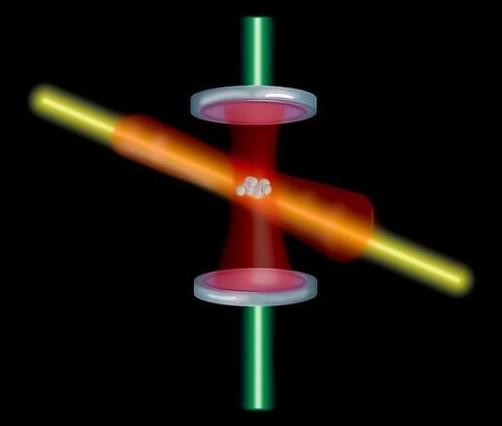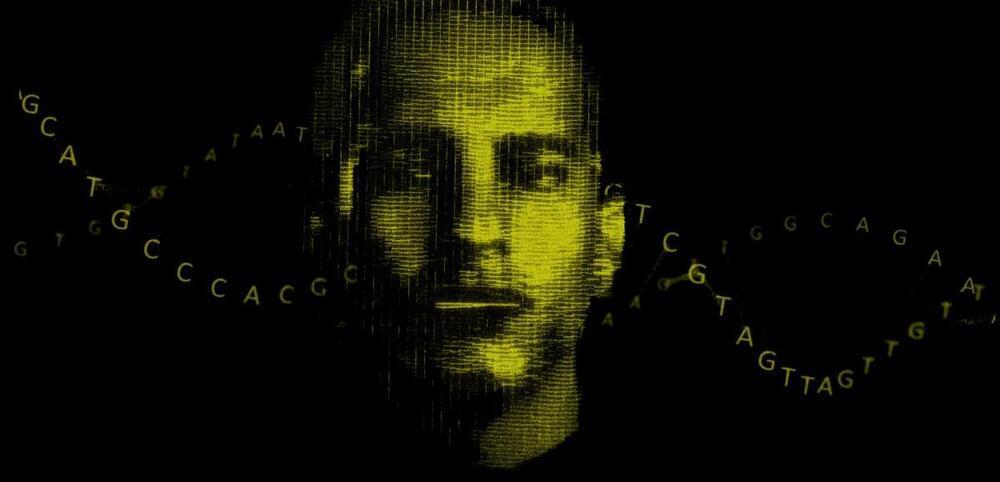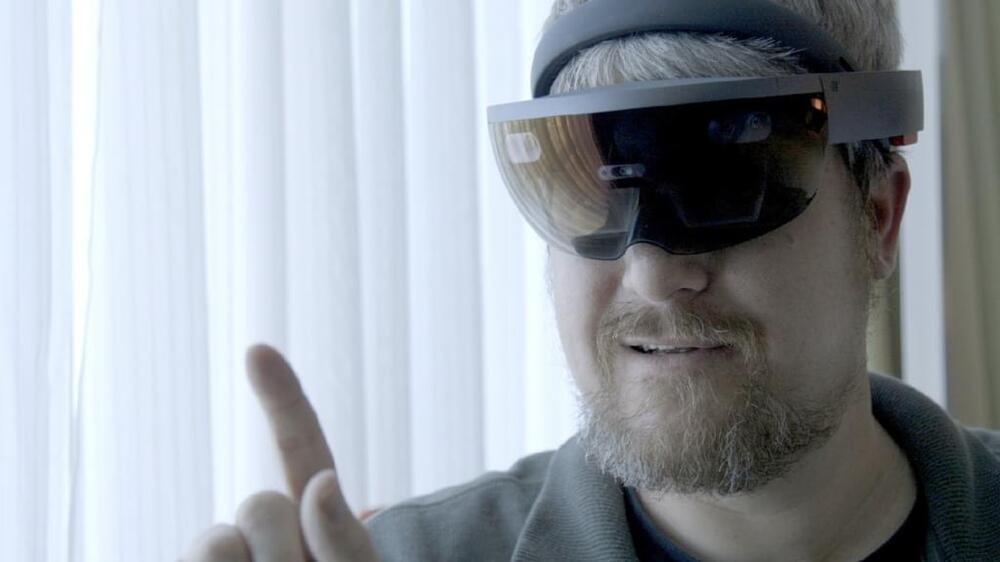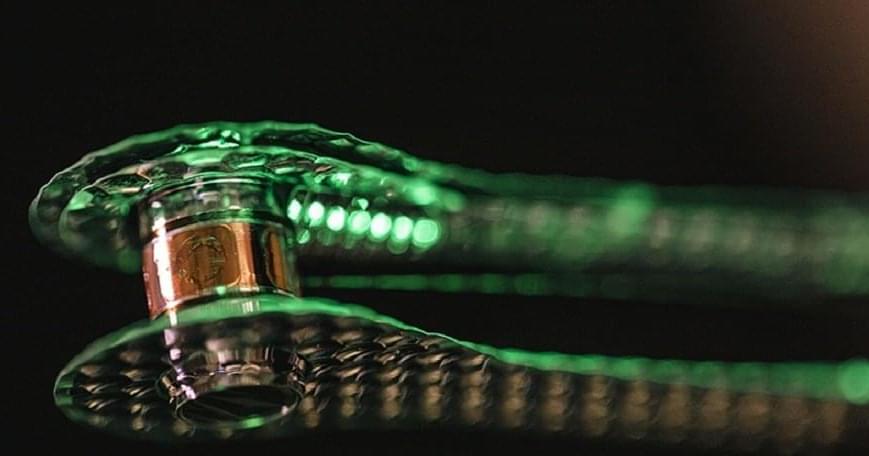The flying robot with wings is controlled by a magnetic field instead of heavy motors and gears.
Get the latest international news and world events from around the world.

China inks $8 bln nuclear power plant deal in Argentina
Feb 2 (Reuters) — State-owned China National Nuclear Corp (CNNC) has signed a contract in Argentina to build the $8 billion Atucha III nuclear power plant using China’s Hualong One technology, reviving a deal that had been stalled for years.
CNNC said on its WeChat account late on Tuesday that ithad signed an engineering, procurement and construction (EPC) contract, which comes ahead of Argentine President Alberto Fernandez’s trip to China later this week.
Progress on the nuclear deal between the two nations had stalled since it was first negotiated by the administration of former President Cristina Fernandez, a left-wing populist who left office in 2015. She is now Argentina’s vice president.

New atomic clock is the most precise ever created
If scientists could measure the oscillations of just one energized cesium atom, they’d be able to keep perfect time, but they can’t due to a weird phenomenon called the standard quantum limit.
Instead, they have to measure thousands of atoms at once and then average out the results for atomic clocks, which leads to a just slightly imprecise second.
Now, MIT researchers have found a way to create a more precise atomic clock by exploiting another weird quantum phenomenon: entanglement.

This company says it’s developing a system that can recognize your face from just your DNA
Though it almost certainly won’t work, it is a telling sign of where the field is heading.
By

First ever Warp Bubble has finally been Created
Everywhere you want to go in deep space is far! For example, Elon Musk wants to put humans on Mars permanently while NASA wants to send astronauts there.
However, any traveler going to Mars has to endure a grueling trip through harsh space that lasts not less than five months, even with the most powerful rocket in history! If only we could find a faster way to travel through space! Also, the next star to us is about 4.5 light-years away, making it impossible to visit with the current space technologies!
However, an accidental discovery promises to fix that problem by enabling faster than the speed of light travel! What is the discovery, how does it affect space travel, and how does it affect you personally?

Report: Microsoft HoloLens 3 is dead as its mixed-reality vision implodes
A report by Business Insider says Microsoft has scrapped plans for its own HoloLens 3 and has instead partnered with Samsung—but that no one really knows what’s going on.
Microsoft has reportedly scrapped its third-generation HoloLens, leaving the company’s “metaverse” plans in disarray.
According to a report from Business Insider, Microsoft killed off the HoloLens 3 in 2021, shifting to a planned device with Samsung instead. The problem? According to the publication, the company’s mixed-reality/augmented reality/virtual-reality division isn’t sure what it plans to do. That’s resulted in employees leaving for Meta and other companies instead.
The company told BI that it remains committed to HoloLens and future HoloLens development. It said the same to PCWorld in a statement. “Microsoft HoloLens remains a critical part of our plans for emerging categories like mixed reality and the metaverse,” the company said. “We remain committed to HoloLens and future HoloLens development.”



The wrong data privacy strategy could cost you billions
By studying the risk of re-identification more thoroughly, researchers were able to better articulate the fundamental requirements for information to be anonymous. They realized that a robust definition of anonymous should not rely on what side information may be available to an attacker. This led to the definition of Differential Privacy in 2006 by Cynthia Dwork, then a researcher at Microsoft. It quickly became the gold standard for privacy and has been used in global technology products like Chrome, the iPhone, and Linkedin. Even the US Census used it for the 2020 census.
Differential privacy solves the problem of side information by looking at the most powerful attacker possible: an attacker who knows everything about everyone in a population except for a single individual. Let’s call her Alice. When releasing information to such an attacker, how can you protect Alice’s privacy? If you release exact aggregate information for the whole population (e.g., the average age of the population), the attacker can compute the difference between what you shared and the expected value of the aggregate with everyone but Alice. You just revealed something personal about Alice.
The only way out is to not share the exact aggregate information but add a bit of random noise to it and only share the slightly noisy aggregate information. Even for the most well-informed of attackers, differential privacy makes it impossible to deduce what value Alice contributed. Also, note that we have talked about simple insights like aggregations and averages but the same possibilities for re-identification apply to more sophisticated insights like machine learning or AI models, and the same differential privacy techniques can be used to protect privacy by adding noise when training models. Now, we have the right tools to find the optimal tradeoff: adding more noise makes it harder for a would-be attacker to re-identify Alice’s information, but at a greater loss of data fidelity for the data analyst. Fortunately, in practice, there is a natural alignment between differential privacy and statistical significance.